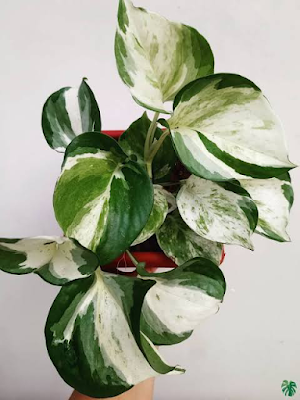A Leap Year
A leap year is called so because in such a year, festivals leap forward by two days.
If a festival like Christmas falls on a Thursday in one particular year, it will fall on a Friday the following year unless that year has 366 days, in which case the festival will ‘leap’ over Friday and occur on Saturday!
WE all know that the Earth turns roughly 365 times on its axis by the time it completes one revolution around the Sun. Hence a standard calendar year consists of 365 days.
However the Earth takes exactly 365.242days to complete its orbit around the Sun,which is approximated to about 365 ¼ days.
Over the years, several attempts were made to make up for this deficiency.
Ancient Egyptians noticed that the calendar year did not always match with the changing seasons and hence they would alter the calendar periodically.
In order to catch up with the solar cycle, the practice of adding one extra day every 4 years (366 days instead of 365) was first introduced in 45 BCE by the Roman emperor, Julius Caesar. The Julian calendar which remained in use in some countries until as late as the 20th century had thus taken into account the yearly shortfall of 6 hours.
A year that is evenly divisible by 4 is a leap year. But century years are not leap years unless they can be evenly divided by 400. This is because the exact period of 365.242 days has been rounded off to 365.25 for convenient measurement. However, over many centuries the difference between the approximate value (0.25 day) and the more accurate value (0.242 day), which is about 11 minutes, accumulates significantly. To compensate for this, the leap year is omitted three times every 400 years. Thus 1700, 1800 and 1900 were not leap years but 1600 and 2000 were. This change was incorporated in the Gregorian calendar that we use today which is actually a modified version of the Julian calendar.
Time and Traditions: In olden times, when a woman had to wait endlessly for the man of her choice to propose to her, the leap year would come to her rescue! In many European societies, women were officially allowed to propose during a leap year. And should the man dare to refuse, he would have to compensate by buying her a newsilk dress or a pair of gloves! This tradition,which originated in 5th-century Ireland, was later legalised by Queen Margaret of Scotland in the 13th century.
In some countries a leap year was considered inauspicious. A leap year day baby was deemed to be unlucky in Scotland while Greeks would avoid getting married during the entire leap year!
◆ Every year 1 January and 31 December fall on the same day of the week except in leap years when 31 December falls on the following day.
◆ The longest period between two leap years is eight years. The last time this occurred was between 1896 and 1904 and will again happen between 2096 and 2104.
◆ Former Prime Minister Morarji Desai and well-known Bharatanatyam exponent Rukmini Devi Arundale were born on 29 February.
◆ Sir James Wilson, the Premier of Tasmania, Australia was born and died on 29 February.
◆ Superman’s birthday falls on 29 February. TIME magazine celebrated his 50th birthday in 1988 by featuring him on its cover.
◆ The 2010 comedy film Leap Year, tracks the female protagonist’s frantic journey to Ireland to propose to her boyfriend on a leap year day.




























